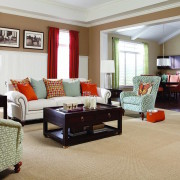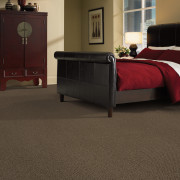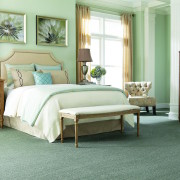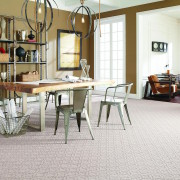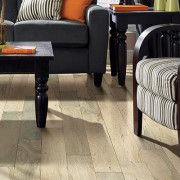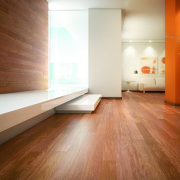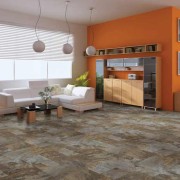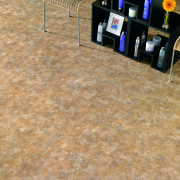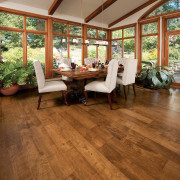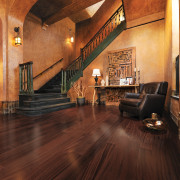Four Basic Fibers Used in Carpet: Nylon Fibers
When it comes to carpet fibers, nylon is especially renowned for its strength and versatility. Nylon’s inherent durability make it ideal for lively, busy families and whether cut or loop pile, nylon can produce the greatest variety of carpet styles in the broadest array of colors, making it a great addition to your home.
Because it’s the toughest of synthetic fibers, Nylon carpet fibers make far more long-lasting carpets than any other. Naturally resistant to wear and tear, a nylon carpet will last up to 20 years. Nylon carpets are also super easy to maintain as nylon carpet fibers naturally resist dirt, stains, rot, mold and mildew, allowing your carpet to look and feel new for many years. And even with such a great reputation and wide range of benefits, nylon carpet is surprisingly affordable.
Of course, like with any other flooring material, nylon carpet fibers have some drawbacks. To maximize the life of your nylon carpet be sure to stay away from cleaning materials containing bleach or heavy acids as these can discolor and damage the carpet fibers. You should also make sure that your new nylon carpet is treated with an antistatic coating, as untreated nylon carpet fibers can build up quite a static charge, which may be harmful to some household electronics.
Out of the four basic fibers used in carpets, nylon is the strongest, most durable and common carpet flooring option around. Nylon fibers not only make super durable carpets, they allow for greater variety in color, pattern and design, making it a great and practical choice for any space in your home.
This post was written by Thais Sousa. Follow Thais on Google.


